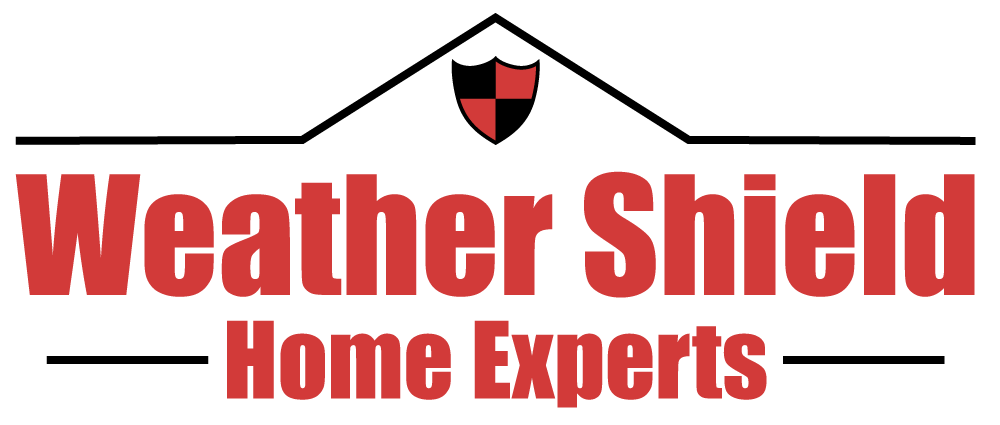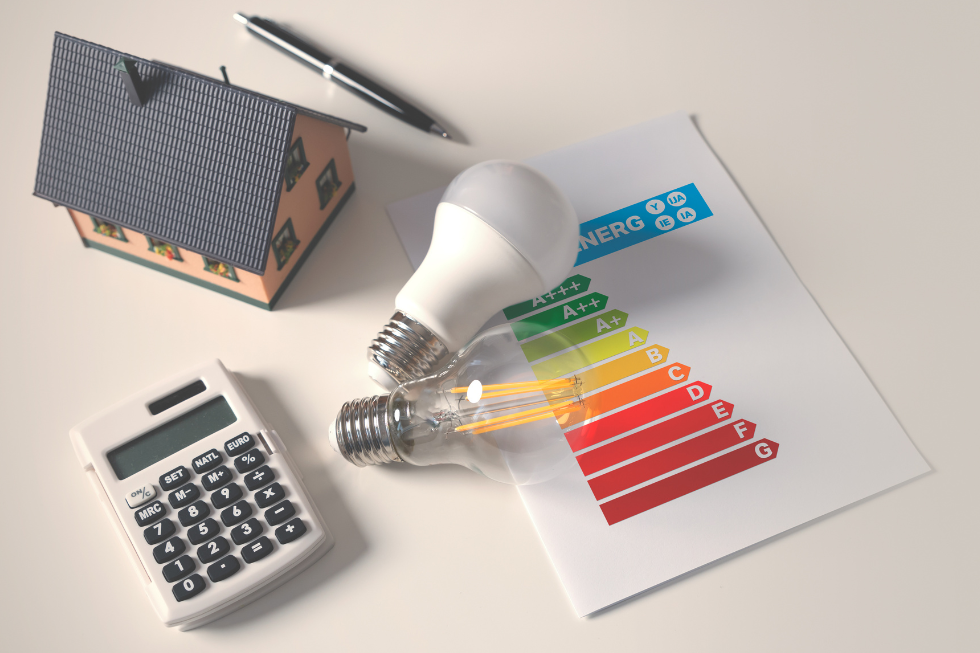Are you ready to transform your Minnesota home into a beacon of energy efficiency and comfort? In a state known for its crisp winters and steamy summers, energy-efficient upgrades aren’t just a nice-to-have; they’re essential. By investing in the right improvements, you can not only save on heating costs but also enhance home comfort and reduce your environmental footprint. This guide will walk you through the top five energy-efficient upgrades that every Minnesota homeowner should consider.
Why Invest in Energy-Efficient Upgrades?
Investing in energy-efficient upgrades offers a multitude of benefits that extend beyond simple cost savings. For starters, energy savings translate into more manageable utility bills, a significant advantage during Minnesota’s long winter months when heating needs soar. Additionally, these upgrades contribute positively to the environment by reducing your home’s carbon footprint.
Beyond the finances and eco-friendliness, energy-efficient homes are more comfortable. They maintain consistent temperatures and minimize drafts and cold spots. Imagine a winter where your feet stay warm and cozy even as the snow piles up outside! These benefits make energy-efficient upgrades an investment in both your home’s value and your family’s well-being.
The Top 5 Energy-Efficient Upgrades for Minnesota Homes
1. Upgrade to Energy-Efficient Windows
Replacing old windows with energy-efficient models can drastically cut down on your home’s heat loss. Energy-efficient windows often come with features like low-E coatings, double or triple glazing, and gas-filled spaces that work together to insulate your home better. Not only do they help keep your indoor climate consistent, but they also increase your home’s value. With new windows, you’ll enjoy lower energy bills and a refreshed home exterior.
In Minnesota, where winters are particularly harsh, energy-efficient windows can be a game-changer. They prevent the chilly drafts that often sneak through older, single-pane windows. Plus, they offer a significant boost to curb appeal, making your property more attractive both for potential buyers and your neighborhood.
2. Replace Your Front Door with an Energy-Efficient Model
Your front door plays a crucial role in your home’s insulation. Swapping an old, drafty front door for a new, energy-efficient model can significantly improve your home’s thermal envelope. Look for doors with a high R-value or those made with materials like fiberglass or steel. These options provide better insulation than traditional wooden doors and often feature a polyurethane foam core for added protection against temperature fluctuations.
An upgraded front door also enhances curb appeal, giving your home an instant facelift. It’s a simple change that makes a big difference, welcoming guests with style while keeping your energy costs in check.
3. Enhance Insulation in Your Attic and Walls
Proper insulation is key to maintaining a comfortable home environment, especially in Minnesota’s varied climate. Poorly insulated attics and walls can lead to significant heat loss, forcing your heating system to work overtime. By enhancing insulation, you create a more efficient barrier against the elements, keeping warm air in during winter and cool air in during summer.
Consider using blow-in fiberglass insulation or closed-cell spray foam, both excellent choices for improving your home’s insulation. These materials not only provide superior thermal resistance but also improve soundproofing and moisture control. With better insulation, you’ll notice a marked improvement in your home’s climate control, leading to increased comfort and decreased heating costs.
4. Install a Smart Thermostat for Efficient Heating and Cooling
Smart thermostats are a modern marvel, offering an easy way to optimize your home’s heating and cooling. These devices learn your schedule and preferences, adjusting the temperature automatically to maximize energy efficiency. They allow for remote control via smartphone apps, ensuring you’re not wasting energy when you’re not home.
In Minnesota, where seasonal temperature swings are the norm, a smart thermostat can make a significant impact on your energy usage. By fine-tuning heating and cooling based on your habits, you can lower your energy bills without sacrificing comfort. Many smart thermostats also offer insights into your usage patterns, helping you identify further opportunities for savings.
5. Upgrade to Energy-Efficient Lighting
Switching to LED bulbs and energy-efficient lighting fixtures is one of the simplest ways to reduce energy consumption. LEDs use up to 80% less energy than traditional incandescent bulbs and last significantly longer. This means fewer replacements and less waste, along with substantial savings on your electricity bill.
Beyond bulbs, consider installing dimmer switches and motion sensors to further enhance efficiency. These tools allow you to customize lighting based on actual need, reducing unnecessary usage. Whether you’re lighting a cozy reading nook or illuminating your entire home, energy-efficient lighting offers an eco-friendly solution that doesn’t compromise on brightness or quality.
By investing in these top energy-efficient upgrades, Minnesota homeowners can enjoy a more comfortable living environment, significant cost savings, and a smaller carbon footprint. Whether it’s through enhancing your home’s insulation or installing a smart thermostat, each step toward energy efficiency is a step toward a more sustainable future.
When you’re ready to take action, consulting with professionals like Weather Shield Home Experts can provide tailored solutions and expert advice for optimizing your home’s efficiency.

